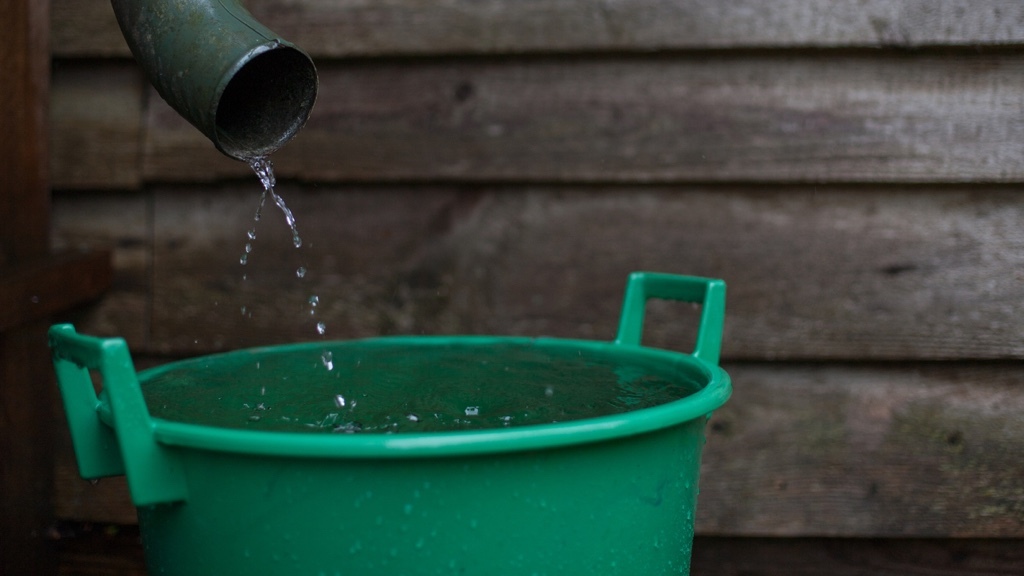What’s your drip tray?
Datum: 2024-10-17 09:17

Some people I meet in my line of work find it difficult to just focus on doing one thing at a time. When they are in the middle of working on a task, suddenly someone drops another task in their lap and they have to get to work on that instead. It does not have to mean that they need to leave the original task completely, but they pause it to get the other task out of the way before continuing with the first.
For you who prefer listening to reading, this post is also available as an episode of the “Done!” podcast:
Interruptions take time
There are of course some upsides to being flexible, agile, and spontaneous too, but the risk is that these side-tasks you keep taking care of become real interruptions which will make your original task take much longer than you originally planned for. Since it was probably an important task, you might end up feeling stressed, pressured to finish and have barely enough time to make your deadline.
One of the reasons these people pause one task to ”just do this other task in-between” is because they fear that if they do not, they might forget to do the most recently added task before it is due. They, therefore, think they might as well get it out of their way right now and be done with it so that they can get back to the original task — until something else rolls along that needs their attention.
Easy to catch, but also easy to keep
This makes me think of a ”drip tray”. A drip tray is used to gather excess liquid that has splashed, dropped, or ended up outside of where it was supposed to go. The beauty of this tray is that whatever ended up outside of its container is still collected. It is not lost and will not go to waste but is taken care of and preserved.
Perhaps a metaphoric drip tray could be of some use when random, disrupting thoughts and tasks suddenly appear and block our view of what we were in the middle of doing and would prefer to finish? It could be a place where you catch those fleeting thoughts or things you must not forget. You can write it there and can turn your attention back to what you were doing knowing that they will still be there once you have finished the task you were so focused on and in the middle of completing.
Do this
If this rings a bell and you too tend to throw small extra tasks into your workflow just because you fear forgetting to do them, then do this:
- Decide what will constitute your drip tray in these situations. Here are some aspects to keep in mind when deciding what it will be:
- It needs to be in a single location because if you write a note here and scribble a few words there, you will still end up with a messy to-do-list and not feel sure you have not forgotten something.
- It needs to be easily available. You need to be able to ”open it” with as few clicks, moves, swipes, and buttons to push as possible.
- It is definitely a good thing if you can access it just as easily when you are by your desk as when you are in a meeting or on the move. It could be a note-taking app of some sort that syncs automatically between your phone, computer, and tablet. It can be a particular page in OneNote which you always use as a drip tray — regardless of where you are and what you are doing. It can be a small notebook you always carry with you or your email inbox to which you email yourself messages containing all the things you come to think of. (Personally, I have a special folder on my computer desktop into which anything incoming, remembered, and not yet processed or dealt with ends up. There, and nowhere else, is where short notes made in the text editor and handwritten notes scanned with my phone and saved as PDFs, end up.)
- Use the drip tray during the day as soon as you come to think of something when you are in the middle of doing something else which you want to focus on and finish.
- Before the day is over, empty the drip tray. Take care of everything it has gathered. Make to-do-tasks from everything you do not do instantly. Save information and material you do not need to do anything with but which you will need at a later date.
Less scattered, more focused
If you get yourself a ”drip tray” of some sort that gathers everything that threatens to ”overflow” during the day (and thereby disrupt your plan and schedule), no sudden flashes of inspiration or remembered tasks will be lost since you catch them quickly and save them in a secure location while you keep working with concentration on the task which actually has the highest priority at the moment. Instead of jumping between tasks and getting more and more scattered by the minute, you will, to a greater extent, get to focus on and finish one task at a time, and with that, harvest the sweet fruits of your focused labor.
What’s your way?
How do you ensure that you get to do one thing at a time? Do you have a great trick that always works for you and which might, therefore, work for others as well? Email me and share your ideas.
(By the way, do you know how two egg timers can make you focus on the right thing?)
I have more tips to give you

If you want more tips on how to create good structure at work, there are many ways to get that from me - in podcasts, videos, books, talks and other formats.




